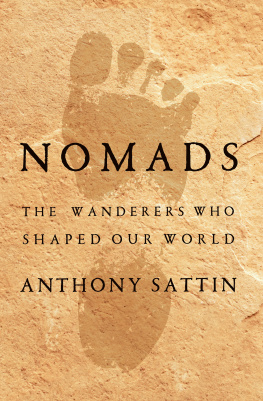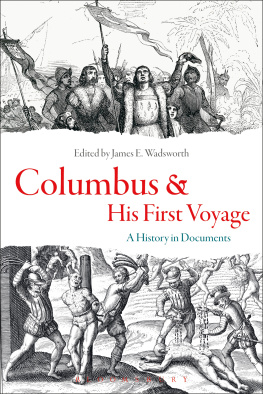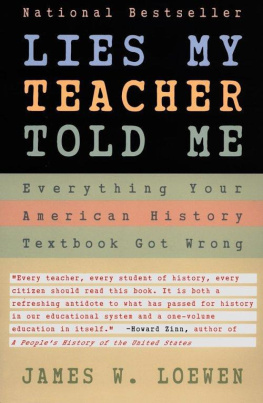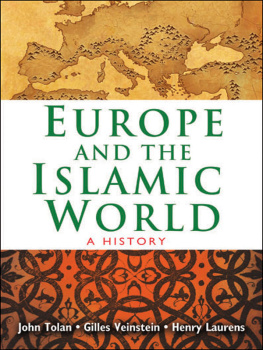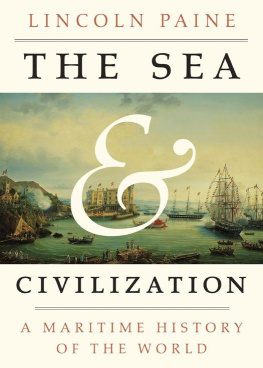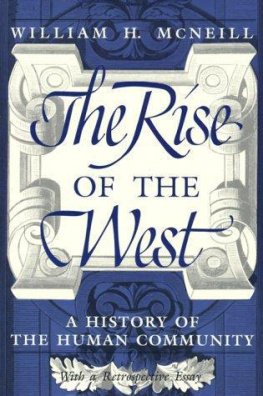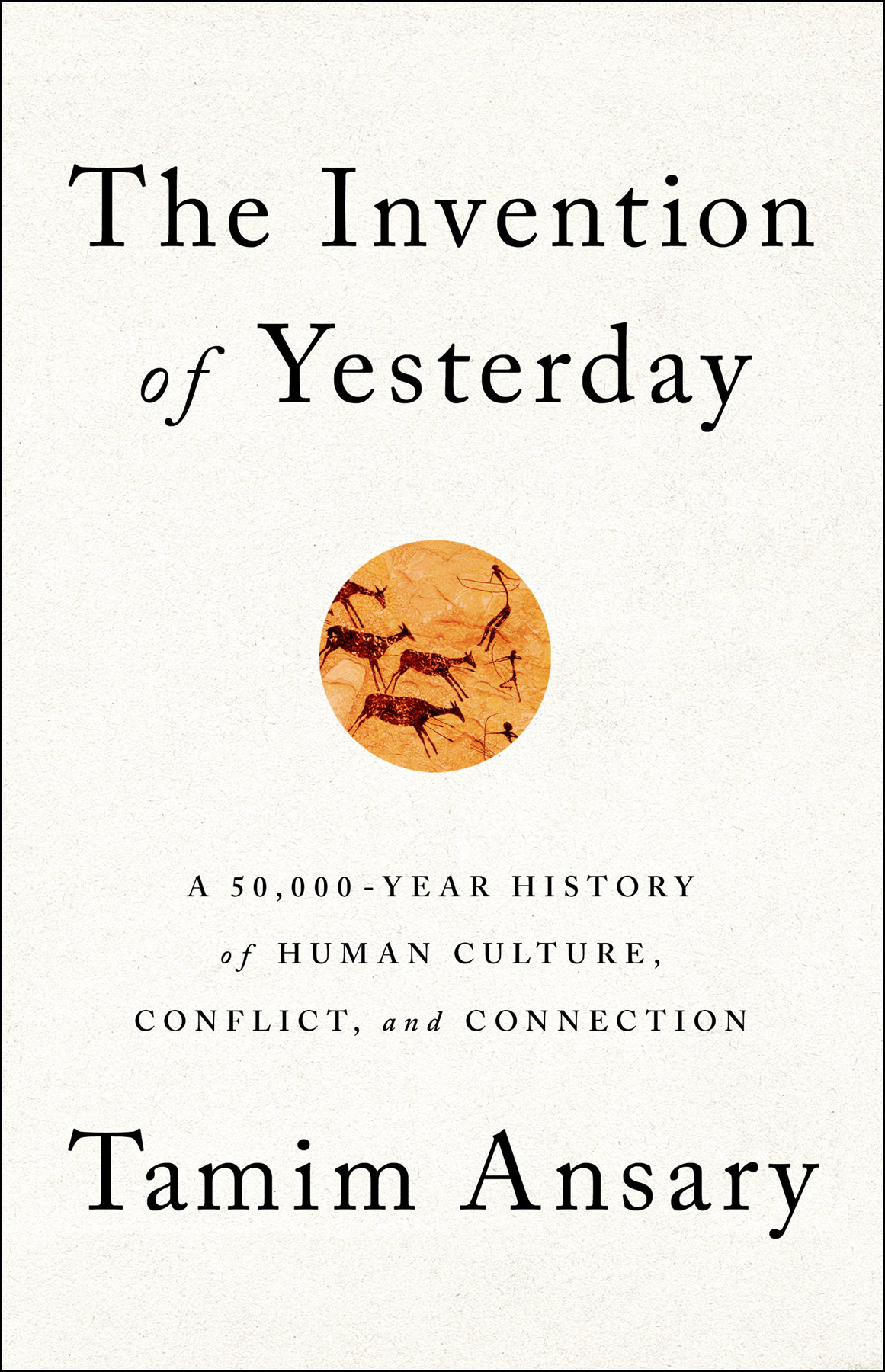Copyright 2019 by Tamim Ansary
Cover design by Pete Garceau
Cover image copyright Aisa/Everett Collection
Cover copyright 2019 Hachette Book Group, Inc.
Hachette Book Group supports the right to free expression and the value of copyright. The purpose of copyright is to encourage writers and artists to produce the creative works that enrich our culture.
The scanning, uploading, and distribution of this book without permission is a theft of the authors intellectual property. If you would like permission to use material from the book (other than for review purposes), please contact permissions@hbgusa.com. Thank you for your support of the authors rights.
PublicAffairs
Hachette Book Group
1290 Avenue of the Americas, New York, NY 10104
www.publicaffairsbooks.com
@Public_Affairs
First Edition: October 2019
Published by PublicAffairs, an imprint of Perseus Books, LLC, a subsidiary of Hachette Book Group, Inc. The PublicAffairs name and logo is a trademark of the Hachette Book Group.
The Hachette Speakers Bureau provides a wide range of authors for speaking events. To find out more, go to www.hachettespeakersbureau.com or call (866) 376-6591.
The publisher is not responsible for websites (or their content) that are not owned by the publisher.
Library of Congress Cataloging-in-Publication Data
Names: Ansary, Mir Tamim, author.
Title: The invention of yesterday : a 50,000-year history of human culture, conflict, and connection / Tamim Ansary.
Description: First edition. | New York : PublicAffairs, 2019. | Includes bibliographical references and index.
Identifiers: LCCN 2019014273 (print) | LCCN 2019018925 (ebook) | ISBN 9781610397971 (ebook) | ISBN 9781610397964 (hardcover)
Subjects: LCSH: CivilizationHistory. | World history. | Culture.
Classification: LCC CB69 (ebook) | LCC CB69.A57 2019 (print) | DDC 909dc23
LC record available at https://lccn.loc.gov/2019014273
ISBNs: 978-1-61039-796-4 (hardcover), 978-1-61039-797-1 (ebook)
E3-20190822-JV-NF-ORI
Praise for
The Invention of Yesterday
A beautifully written world history focused on the stories different civilizations have told about who we are. It ends with a fundamental question: In todays extraordinary world, can we build new narratives that are inclusive and global enough to encourage worldwide cooperation in the task of building a better future for humanity?
David Christian, distinguished professor, Macquarie University, Sydney, Australia, and author of Maps of Time: An Introduction to Big History and Origin Story: A Big History of Everything
Brimming with essential insights and yet always approachable, this is the global history we need now.
Lynn Hunt, author of Writing History in the Global Era
Tamim Ansary has done it again, writing an expansive, wonderfully readable account of our present world. With deft examples drawn from across history, he skewers the idea that theres anything pure about culture or race. Ideas have blended and meshed across space and time to make the modern world what it is. Ansary is a charming guide to this Blesh of Civilizations, and to the worlds permanentand hopefulcapacity for change.
Raj Patel, author of Stuffed and Starved: The Hidden Battle for the World Food System
Weaving together multiple complex strands of the human experience into a single compelling storyline, Ansary deliversin his usual down-to-earth yet erudite stylean engaging global narrative of narratives informed by decades of critical study, reflection, and personal transcultural experience. A deeply enriching, highly relevant read from an important, unique voice of our day.
R. Charles Weller, Central Eurasian and Islamic world history, Washington State and Kazakh National universities
The Invention of Yesterday is an insightful guide into human civilization packed with information that shows how we have been connected globally since the beginning of history. Tamim Ansary unpacks complicated theories to make sense of how we became who we are today.
Fariba Nawa, author of Opium Nation: Child Brides, Drug Lords and One WomansJourney through Afghanistan
West of Kabul, East of New York
Destiny Disrupted: A History of the World through Islamic Eyes
The Widows Husband
Games without Rules: The Often-Interrupted History of Afghanistan
Road Trips: Becoming an American in the Vapor Trail of the Sixties
I dedicate this book to my friends in all the many worlds I have passed through over the years.
T his book was born some years ago when I happened to be reading three seemingly unrelated works of history at the same time. One was about the First Emperor of China, who put a million peasants to work building that Great Wall. Another was about Central Asian nomadic life in the centuries before the Mongol conquests. The third one was about barbarian warriors such as Attila the Hun attacking Rome in its later days.
Because I was reading all three books concurrently, I noticed something that probably would not have occurred to me otherwise. The Great Wall of China going up had something to do with the Roman Empire coming down. A provocative thought. China and Rome were two entirely different worlds and knew almost nothing of each other back then, but between them stretched the Central Asian grasslands of the nomads whence the Huns came riding out. When something big happened in Chinalike the construction of a wall that blocked invading nomadsit sent ripple effects through the nomadic world, which eventually reached Rome. And, of course, big events in Rome sent ripple effects the other way.
What intrigued me was not the Rome-China connection per se but interconnectedness itself as an aspect of human history. I went looking for other examples, and they werent hard to find. The religious practices prescribed by the Prophet Muhammad, it turned out, had something to do with Europeans acquiring the magnetic compass. The twelfth-century conquest of Jerusalem by the Seljuk Turks had subtle roots going back to crop failures in Scandinavia centuries earlier. The policies of the Ming dynasty in China contributed to the American Revolution. The nineteenth-century invention of the cotton gin in the United States devastated family life in sub-Saharan Africathe list goes on endlessly.
Even tens of thousands of years ago, it seems, when we were isolated bands of hunter-gatherers ignorant of the many other bands of humans roaming Earth, we were, somehow, some single far-flung network of interconnected peoples. The globalized tangle that we are today is only the latest chapter of a story that goes back at least forty thousand years and perhaps as many as sixty thousand.
This book takes interconnectedness as one of the through lines of world history but acknowledges another side to the story. Even as we grow ever more intertwined, we stay ever more resolutely distinct from one another as groups. We live on the same planet but in many different worlds. What any of us humans see as the whole world is just the world as we see it, whoever we might be. What we know as the history of the world is actually a socially constructed somebody-centric world historical narrative. Theres a Euro-centric one, an Islamo-centric one, a Sino-centric one, and many more. How many more depends on how many collections of people on Earth think of themselves as a we distinct from others. Any two world historical narratives might have the same events and yet be different stories because the shape of the narrative depends on the teller of the tale. To say that one of the many possible somebody-centric world histories is the



